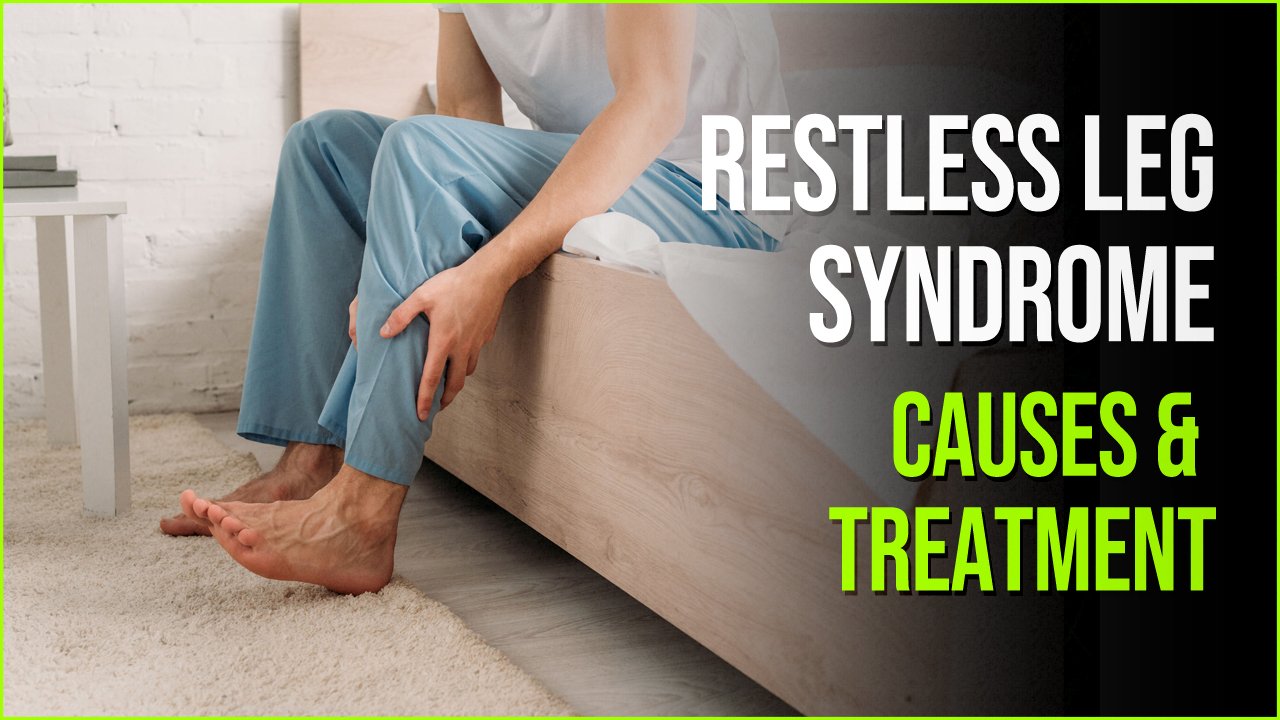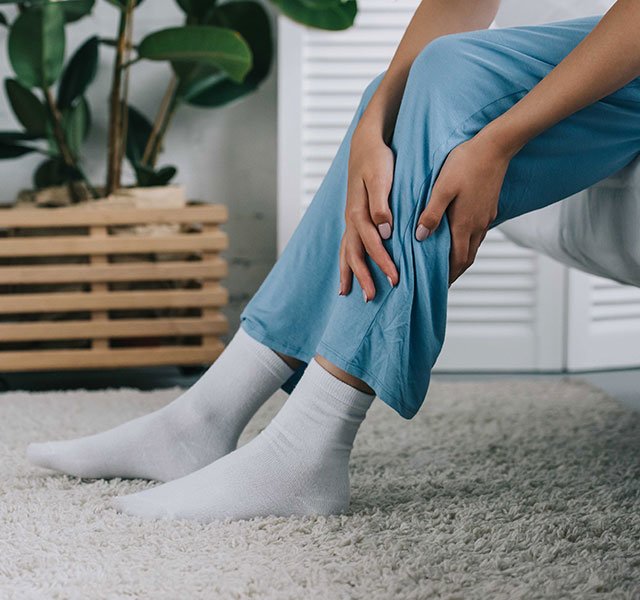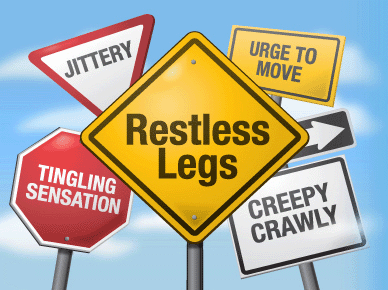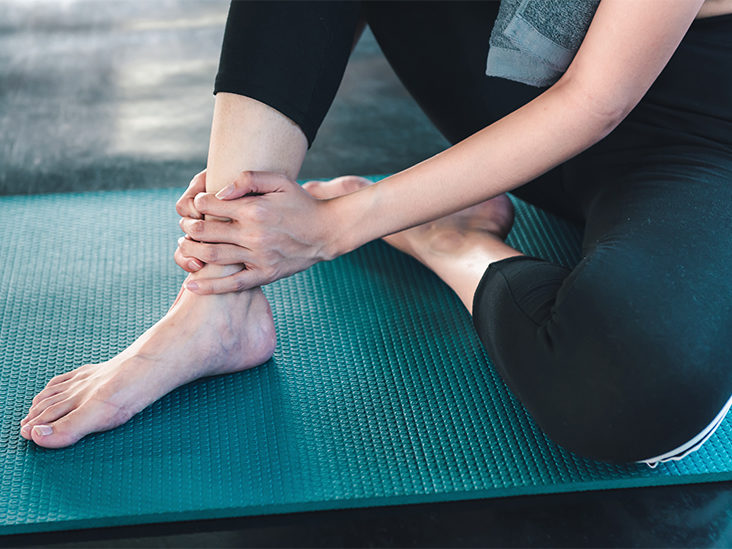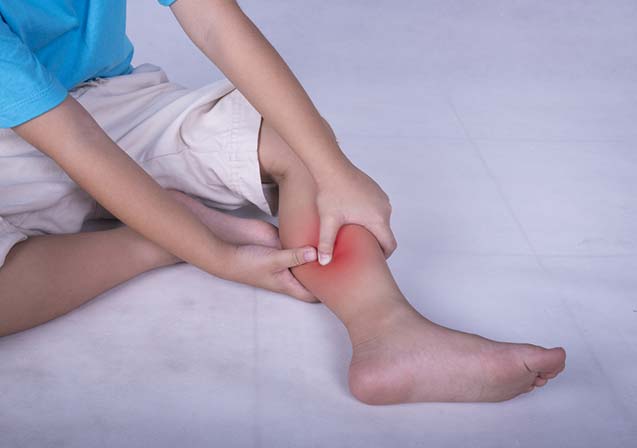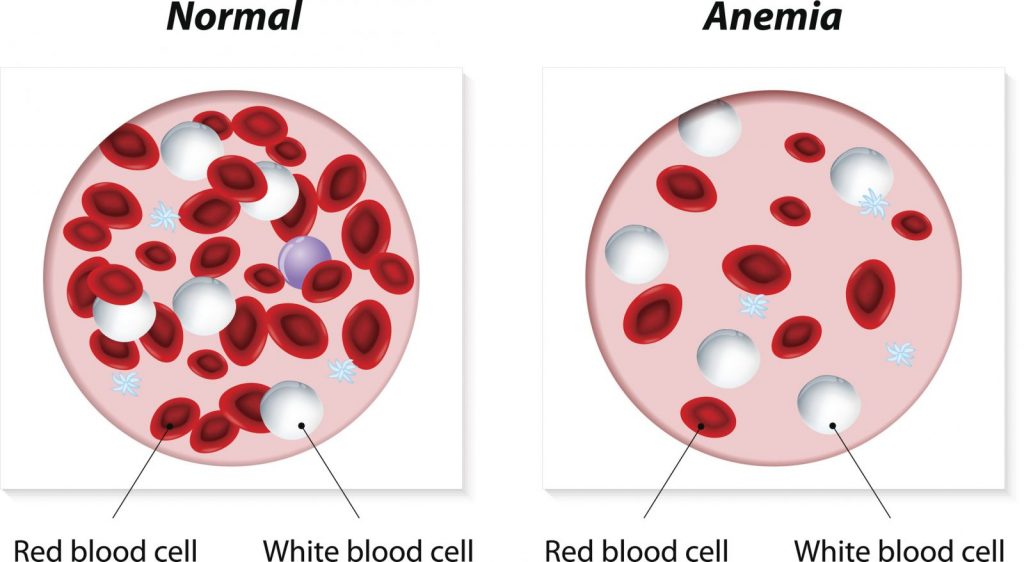By the name, you might not think it’s so common but to be very honest, we all have at least 1 person with Restless Leg Syndrome in our own families.
This isn’t too much to worry about but of course but it is somewhat not-normal. It’s a condition that causes an uncontrollable urge to move your legs because of an uncomfortable sensation in your body.
Moving your legs frequently at a certain pace can temporarily rid you of the uneasiness your mind or body is feeling at that time but it’s better to overcome this restless leg syndrome before it worsens.
Why Does Restless Leg Syndrome Happen?
It typically happens when you’re either lying down on your bed at night or sitting down and you think you’re peaceful. But your thoughts keep you surrounded in despair and somewhat other uncomfortable situations. This results in you moving and shaking your legs uncontrollably.
Scientists reveal that it takes only three days to shun or even build a habit. But that doesn’t mean you can’t get rid of this restless leg syndrome just because you’re over 3 days now.
Restless Leg Syndrome is Also Called Willis Ekbom Disease
Restless Leg Syndrome is also called Willis-Ekbom disease. This can start at any age, worsens with time if you don’t try to fix your habits. Because if you don’t, you will have irregular sleep patterns, your sleep schedule will be disrupted and it can also cause some problems in your daily activities.
So how would you know if your disease is severe enough?! To find out about its symptoms and cures, read below.
Symptoms of Restless Leg Syndrome
a) Leg twitching
It normally happens at night. And if your leg twitches in the middle of your sleep causing you to suddenly kick a little in the air or twitch throughout the night, it is definitely RLS. And this condition is also called periodic limb movement of sleep.
b) Movement relief
If you are relieved by moving your legs, walking up and down the hall for no reason, pacing, stretching, or jiggling your legs, you definitely have resting leg syndrome. Doing all of that causes the sensation in your legs to lessen down.
c) Evening discomfort
RLS’s biggest symptom is your uneasiness and discomfort in the evening. Although it happens on both of your legs, this happens usually in one leg, in most people. There haven’t been recorded any arm sensations during this so this is why it’s called resting leg syndrome.
What do people experience during Restless Leg Syndrome
There are sensations, unlike cramping or numbness, that most people that have resting leg syndrome, experience. These sensations include:
- crawling of certain microbes-like thingies on your skin
- creeping, pulling
- throbbing
- itching, and aching
But they are not exactly what can be described in a single word as some people say it’s an indescribable feeling. The severity of the sensation depends and varies from person to person so you really need to be careful in checking out the symptoms.
All the above information may sound like it’s not a big deal to have a resting leg syndrome. But to be very frank, there are many times when this is actually a cause of an underlying disease. Do not hesitate to visit your doctor about this.
Risk factors concerning Restless Leg Syndrome
Out of the many risk factors concerning RLS, there are some mentioned below that may be a risk to your health and life. You have to pay attention to them keenly so you learn without missing anything.
a) Anemia/ Iron deficiency
Even if you don’t have anemia but still Iron deficiency can worsen your RLS. You need to take iron supplements to overcome this deficiency, it may help with your RLS too.
b) Kidney problem
The reason for your RLS can be because of some problems with your kidneys, too. Iron deficiency is related to kidney failure as well and this can worsen your RLS.
c) Spinal cord problems
Lesions on the spinal cord can result in damage and injury linking to RLS.
Hopefully, all of the above-written information has helped you in one way or the other. Keep revisiting us for more useful life-saving blogs!


